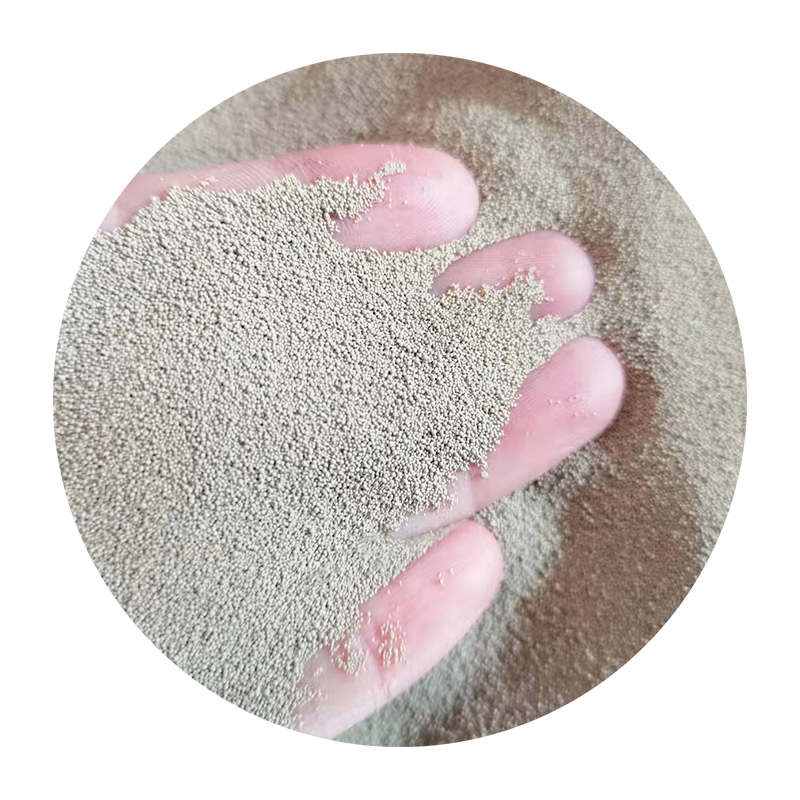Sanding resin 3D prints is a crucial step in the finishing process for achieving smooth, professional-looking results. Whether you are working on a detailed model, a functional part, or a miniature, sanding can significantly improve the appearance and feel of your print. In this article, we will explore the steps and techniques you need to effectively sand resin 3D prints.
Why Sanding is Important
Resin prints often have a sticky or rough surface due to the printing process. Sanding helps to remove any unwanted textures, layer lines, or print artifacts. This process not only enhances the visual quality of the print, but it also prepares the surface for painting or sealing, allowing for better adhesion and a more polished final product.
Tools and Materials Needed
Before starting the sanding process, gather the following tools and materials
- Sandpaper (grit range from 80 to 2000) - A sanding sponge or block - A dust mask and safety goggles - Water (for wet sanding) - Isopropyl alcohol (for cleaning) - Soft cloths or paper towels
Steps to Sand Your Resin 3D Prints
1. Initial Inspection Carefully inspect your print for any areas that need attention. Look for rough patches, layer lines, or supports that may need to be removed.
2. Removing Supports If your print has supports, carefully cut them away first. Use a hobby knife or flush cutters to avoid damaging the print. Take your time with this step to ensure a clean finish.
how to sand resin 3d prints

3. Wet vs. Dry Sanding Decide whether you will be wet or dry sanding. Wet sanding helps reduce dust and also cools down the resin, preventing it from overheating and potentially becoming damaged. If you choose to wet sand, make sure to have water handy.
4. Start with Coarse Grit Begin with a coarse grit sandpaper (around 80-120 grit) to remove large imperfections. Use even pressure and long, sweeping motions. Avoid focusing too much on one spot to prevent gouging the surface.
5. Progress to Finer Grits Once the rough spots are smoothed out, gradually move to finer grits of sandpaper. Each grit should sand away the scratches from the previous grit. Transition to 220, then 400 grit for an intermediate smoothness, and finally finish with 800 to 2000 grit for a polished finish.
6. Frequent Cleaning After sanding with each grit, wipe your print with a soft cloth or paper towel to remove dust and debris. This will help you see your progress and identify areas that may require more attention.
7. Final Inspection After achieving the desired smoothness, inspect the model for any remaining imperfections. It’s common to find spots that could use a bit more sanding, so don't hesitate to touch those up.
8. Finishing Touches Once you are satisfied with the smoothness, consider applying a primer or sealant. This can help hide any minor imperfections and prepares the print for painting.
Conclusion
Sanding resin 3D prints is an essential technique for anyone looking to achieve a clean, professional finish. With the right tools, techniques, and a bit of patience, you can transform your 3D prints from rough to refined. Whether you are a hobbyist or a professional, mastering the art of sanding can significantly enhance the quality of your 3D printed projects. So, roll up your sleeves, and get ready to take your resin prints to the next level!
Post time:des . 02, 2024 03:03
Next:क्या सैंड कास्टिंग महंगा है और इसके लाभ क्या हैं
